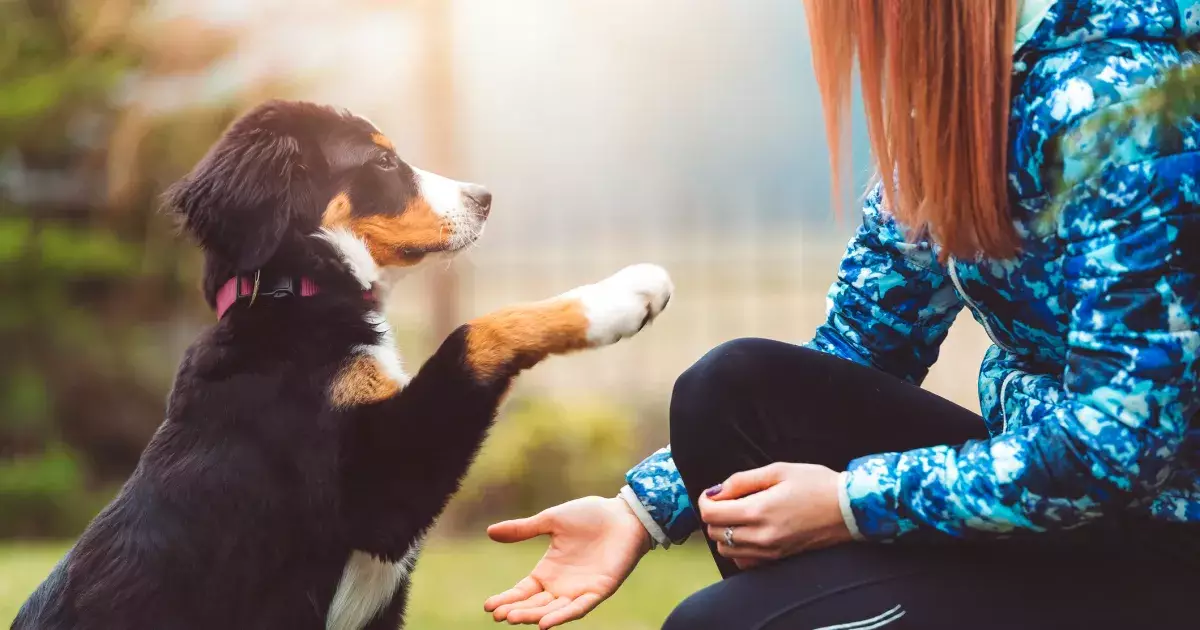Teaching your dog tricks is a fantastic way to enhance the bond between you and your furry companion, not to mention a great source of entertainment. While January is recognized as National Train Your Dog Month, dog training is an enjoyable activity that can take place all year round. It’s not uncommon for pet parents to feel daunted by the prospect of teaching tricks, especially when it appears that their pet may seem stubborn or uninterested. However, with patience, persistence, and effective training techniques, any dog—regardless of age or breed—can learn a range of fascinating tricks.
The journey of teaching your dog tricks begins with a commitment to consistency. Establishing a regular training schedule is essential for success. Unlike human learners, dogs thrive on short, repetitive training sessions that are engaging and enjoyable. This approach not only keeps your pup focused but also helps prevent frustration and burnout, both for the dog and the owner. Remember to keep training sessions upbeat and conclude on a high note. Celebrate small wins; it will encourage your dog to engage more actively in future training.
The principle of positive reinforcement is central to any effective dog training strategy. By rewarding desirable behaviors through treats, praise, or playful interactions, you create an environment where your dog associates learning with positivity. Over time, this builds your dog’s confidence, making them eager to participate in future training sessions.
Begin your training with simple tricks that are easy for both you and your dog. One popular trick is teaching your dog to “kiss” on command. You can initiate this by using sticky tape or a small piece of paper on your skin to create a target. As your dog engages with the target to receive treats, you can gradually introduce the command “kiss.” This exercise not only makes for meaningful training but also strengthens the affection between you and your dog.
Another engaging and simple task is teaching “shake hands.” This trick aligns well with a dog’s natural behaviors since they often paw at you when they want something. Start by showing your dog a closed fist with treats inside; this can prompt them to paw at your hand. As they make this natural movement, introduce the verbal cue “shake.” With repetition, your dog is likely to catch on quickly, bringing a smile to both your faces!
Once your dog feels comfortable with the basics, you can elevate the challenge with intermediate tricks such as “roll over” and “play dead.” Both tricks hinge largely on patience and consistent reinforcement. For “roll over,” break the action down into manageable steps. Use treats to guide your dog through the motion. After several successful attempts, you can introduce the verbal command.
Contrary to what may appear at first glance, “play dead” can be mastered through a reverse training approach. Teach your dog to lie down first and then gradually add the nuance of pretending to be lifeless. This trick requires a little more time and patience to perfect, but the social applause it garners is worth the effort.
For pet parents willing to put in extra effort, advanced tricks like “spin” and “hug” can be incredibly rewarding. “Spin” begins with a treat in hand, guiding your dog in a circle until they associate the action with a verbal command. If they can successfully complete this trick, it demonstrates both the dog’s agility and responsiveness to cues.
“Hug,” on the other hand, can be one of the most heartwarming tricks to showcase at gatherings. This requires your dog to place their paws around you, creating an endearing moment. Make sure your dog is comfortable with “sit pretty” first; this will create a smoother transition to learning the hugging behavior.
Above all, remember that every dog is unique, and training experiences will vary. Celebrate each small achievement and remain patient. Dogs learn at different rates, and understanding their individual learning pace will facilitate a better training experience.
With each new trick, you’re not just teaching your dog a skill—you’re engaging in a fun, enriching process that can enhance your bond in unimaginable ways. So why not make this your year of learning? After all, a well-trained dog is a happy dog! Whether you are setting out to teach the classics or diving into advanced tricks, the joy is in the journey you undertake together.

